
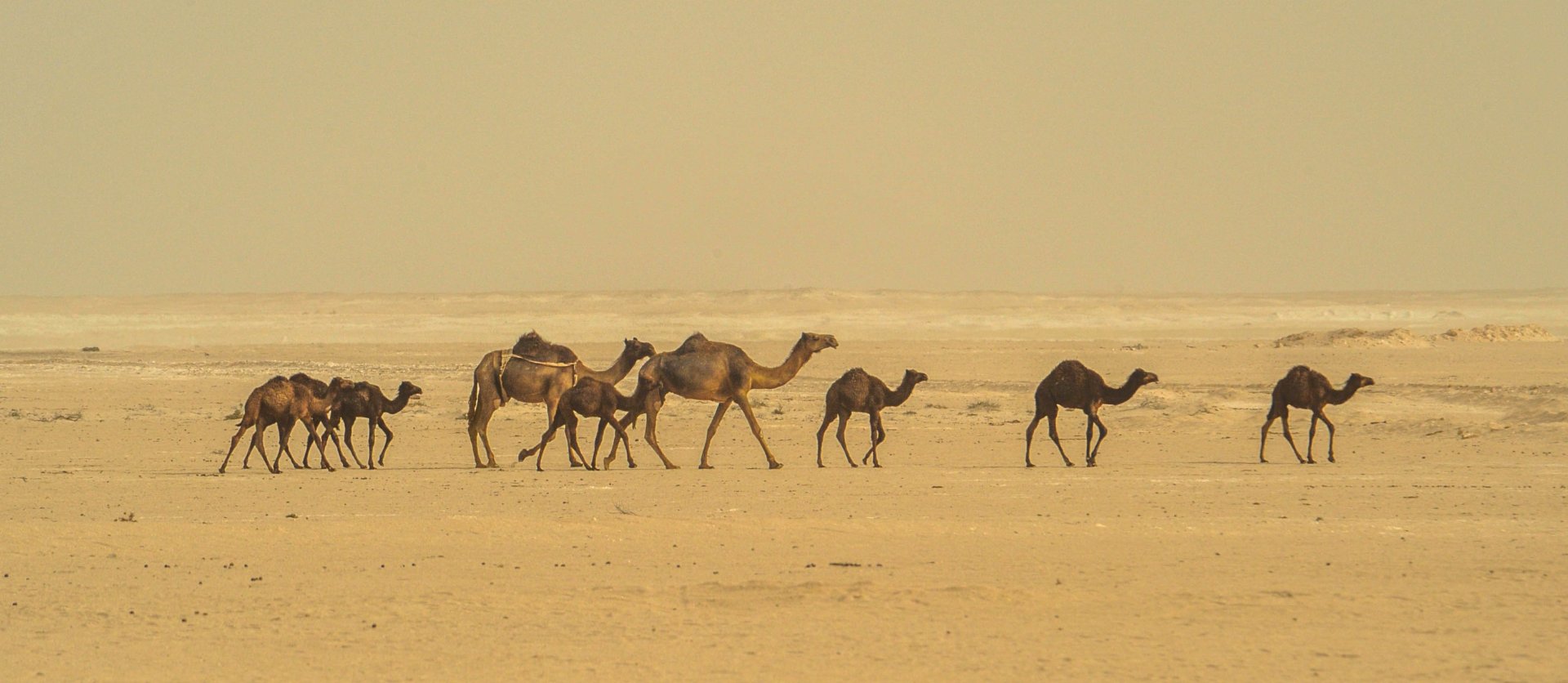

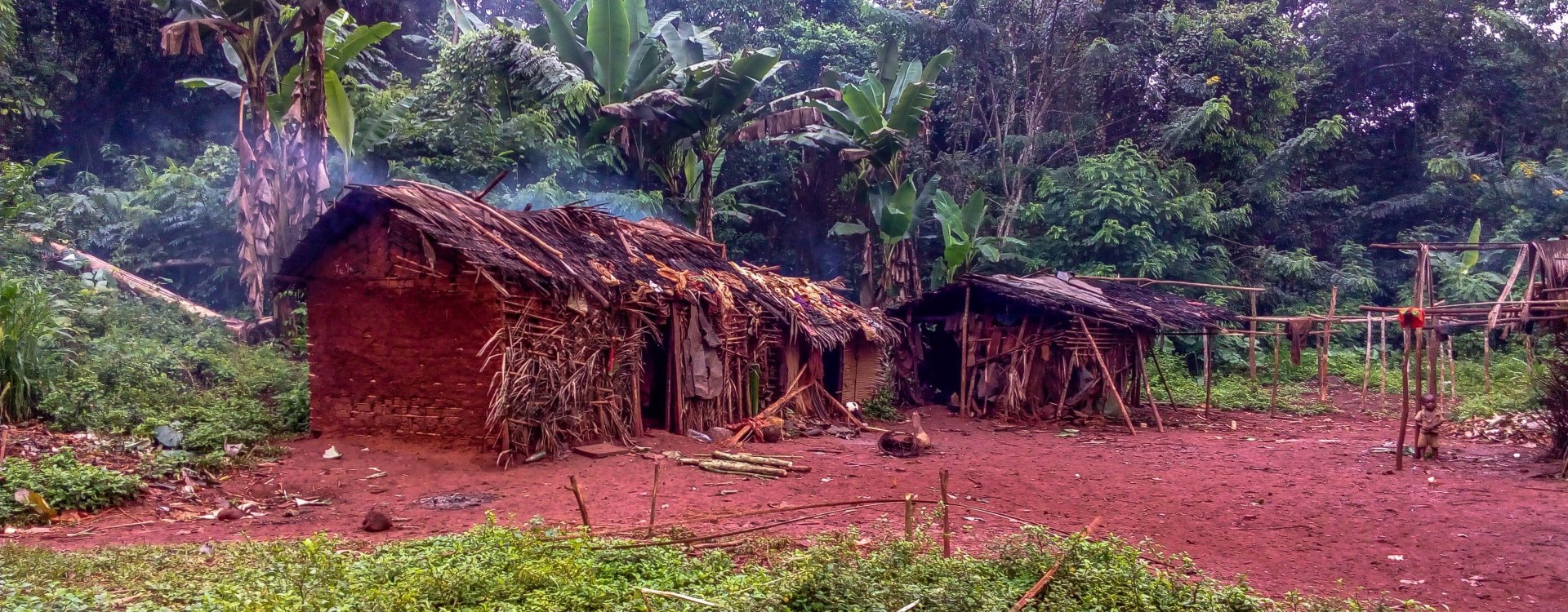

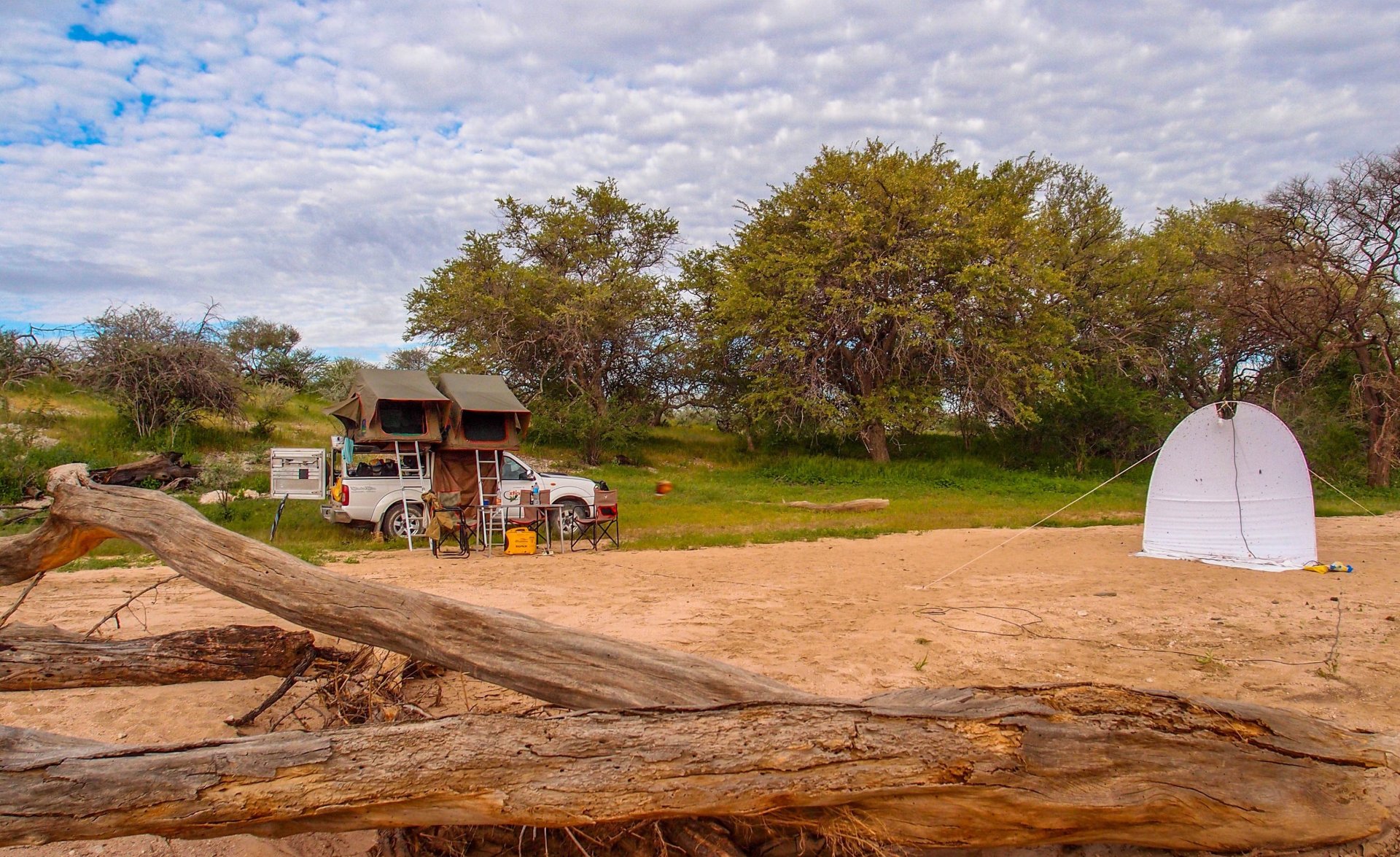
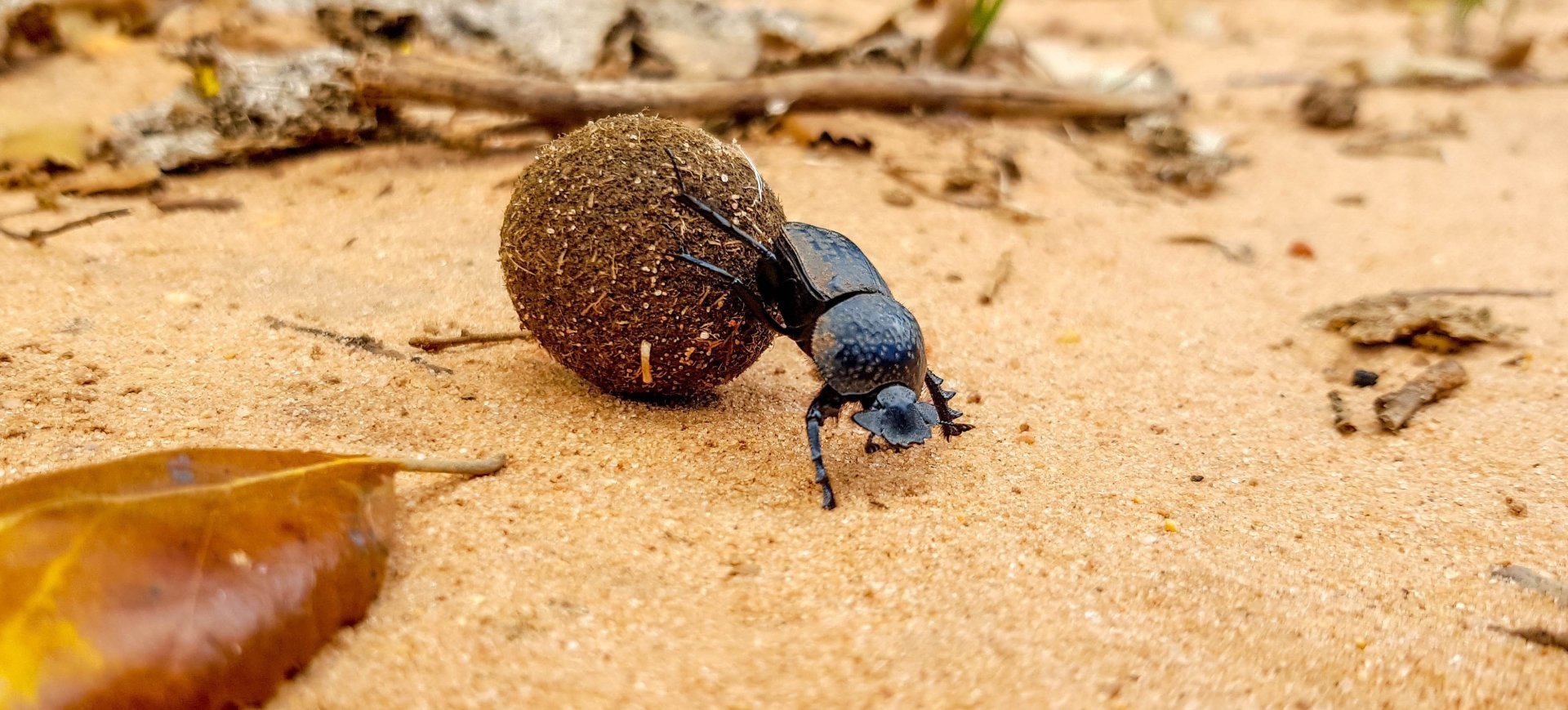

![]() Information: Meloe ganglbaueri, described by Apfelbeck in 1905 from Bosnia and Herzegovina.
Information: Meloe ganglbaueri, described by Apfelbeck in 1905 from Bosnia and Herzegovina.
European-Mediterranean element, distributed in southeastern Europe and the central-eastern Mediterranean Basin.
Body length: 7 - 22 mm
Peak activity: September - May (June)
![]() Remarks: Thermophilic species, associated with grassland formations, both primary and secondary, from sea level up to 1200 m, and up to 1700 m a.s.l. in Sicily and Sardinia (Bologna 1991). The adults, phytophagous, are active at dusk or at night. Phenology: from January to March (with records up to June) and from September to December.
Remarks: Thermophilic species, associated with grassland formations, both primary and secondary, from sea level up to 1200 m, and up to 1700 m a.s.l. in Sicily and Sardinia (Bologna 1991). The adults, phytophagous, are active at dusk or at night. Phenology: from January to March (with records up to June) and from September to December.
Species long confused with M. murinus Brandt & Erichson, 1832 from which it differs significantly for the non-dilated temples, the sparse hairiness, the larger and deeper points of the head and pronotum, the shape of the genitals.
![]() Distribution: Albania, Bosnia and Herzegovina, Bulgaria, Croatia, Italy, France (Corse), Montenegro, Greece, Serbia, Syria, Spain, Turkey
Distribution: Albania, Bosnia and Herzegovina, Bulgaria, Croatia, Italy, France (Corse), Montenegro, Greece, Serbia, Syria, Spain, Turkey
Zoogeographic region: Palearctic
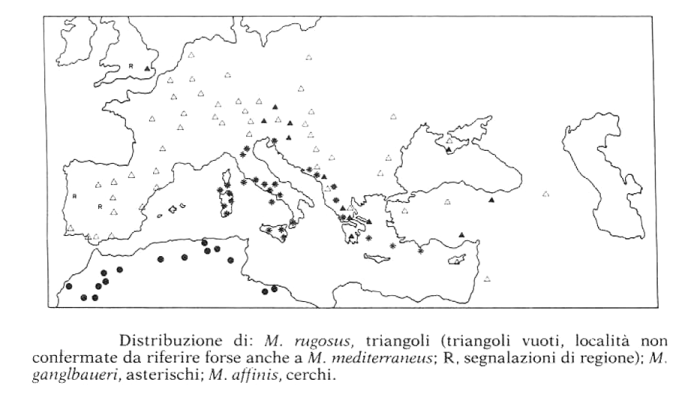
![]() Taxonomic classification:
Taxonomic classification:
![]() Material examined (& observation):
Material examined (& observation):
Italy ![]()
Sicily
Caltanissetta Province
Riserva Naturale Orientata Sughereta di Niscemi
7km SE of Niscemi
(GPS) ![]()
Altitude 300 m a.s.l. | 14.11.-5.12.2020
![]() Our observation period: November ~ December
Our observation period: November ~ December![]() Sampling Methods: in grassy vegetation
Sampling Methods: in grassy vegetation ![]()
![]()
 Italy
Italy A contribution to the knowledge of the Meloidae fauna of Turkey along with new records, Özbek 1998.pdf
A contribution to the knowledge of the Meloidae fauna of Turkey along with new records, Özbek 1998.pdf Description of the first instar larvae of three sp of Meloe with a key to the triungulins,Sharf 2004.pdf
Description of the first instar larvae of three sp of Meloe with a key to the triungulins,Sharf 2004.pdf The Meloidae of Libya: an annotated catalogue and description of three new species, Bologna 2009.pdf
The Meloidae of Libya: an annotated catalogue and description of three new species, Bologna 2009.pdf